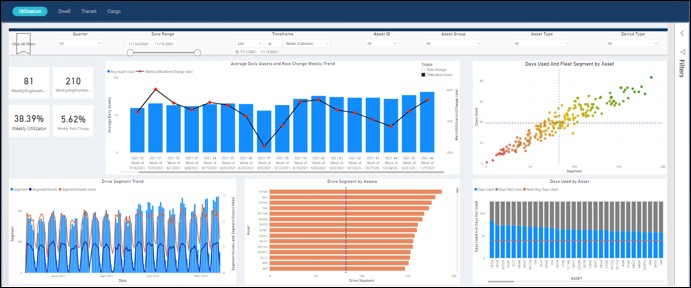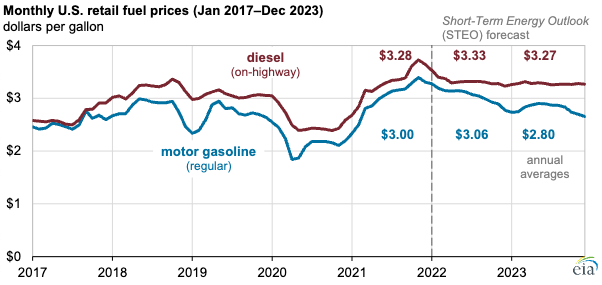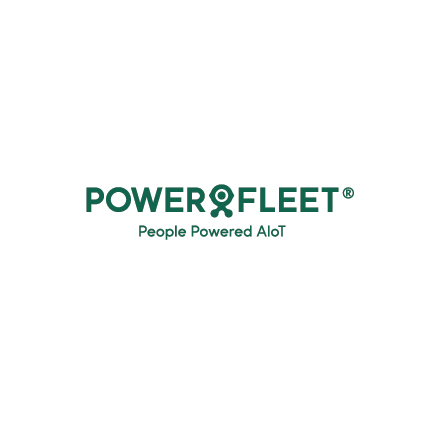The trucking industry has experienced several challenges over the past few years, including a global pandemic, supply chain issues, and a chronic driver shortage. Unfortunately, many of these problems remain moving into 2022, while a geopolitical crisis in Ukraine could introduce further supply chain and fuel price volatility to the market.
Let’s take a look at six trucking trends and proactive steps that every fleet should take to prepare for them.
The trucking industry has experienced several challenges over the past few years—here's what to expect in 2022. Share on X#1. Mergers & Acquisitions Heat Up
Mergers and acquisitions (M&A) in the transportation and logistics industry soared in 2021 thanks to record earnings, low interest rates, and a strong stock market. In addition to the strong financial incentive, many fleets are looking to grow from TL to LTL or vice versa to pursue a more holistic strategy and better compete in the market.
Other recent M&A drivers include:
- Supply chain issues have made it challenging for fleets to expand through organic growth, forcing them to consider M&A opportunities to meet growing capacity demands.
- Retailers are acquiring fleets to create private fleets that don’t suffer from the same bottlenecks and volatile pricing as contract fleets, guaranteeing deliveries and stabilizing prices.
While interest rates will almost certainly rise and the stock market has fallen in 2022, the ongoing supply chain crisis, increasing freight demand, and the desire for economies of scale could overcome higher financing costs and drive further consolidation. Financial buyers interested in market fundamentals are also bidding up deals.
#2. Technology Drives Greater Efficiency
Technology continues to drive change across the logistics industry. According to Gartner, half of global e-commerce businesses will invest in real-time transportation visibility platforms, artificial intelligence, and advanced analytics capabilities by 2023 or 2024.
Telematics and cloud computing will enable businesses to aggregate data from multiple sources and improve supply chain visibility. For example, technology will focus on improving customer experience by showing an accurate order status, preventing shortages and backlogs, and enabling businesses to visualize data to make better decisions.
- Driver Safety – Telematics and in-cab video can track speed, harsh braking, sudden acceleration, and other events to better assess safe driving habits. Using this data, fleets can retrain unsafe drivers to prevent costly accidents.
- Driver Retention – Telematics can help improve the driver experience by minimizing detention time and improving communication, while road-facing cameras can minimize risk by providing evidence to exonerate them in accidents.
- Fleet Tracking – Trailer tracking technologies make it easy to see the location and load status of fleet assets, while intermodal insights can help coordinate pickups and drop-offs to maximize efficiency.
- Right-Sizing & Cost Savings – Telematics, sensors, and cameras can measure asset utilization to help make right-sizing decisions that maximize profitability. At the same time, location data can help minimize detention times and improve turnaround times.
Powerfleet provides a range of telematics solutions—bumper to bumper. Our logistics telematics, cameras, and sensors can help with ELD, FSMA compliance, and other regulations while providing complete fleet visibility to dispatchers and operations managers. Using these solutions, fleets can make data-driven decisions that maximize operating ratios and keep them running efficiently.
#3. Data Becomes More Accessible
The best telematics data in the world isn’t beneficial if it isn’t accessible. Effective telematics platforms aggregate data across an entire fleet and compute key performance indicators (KPIs) that enable data-driven insights. Increasingly, they’re leveraging machine learning and artificial intelligence to derive insights from ever-growing data sets.

Powerfleet provides at-a-glance KPIs in its platform. Source: Powerfleet
In addition to translating telematics data into insights, fleets are turning toward telematics providers that offer open APIs to integrate data with their TMS and ERP solutions. For example, Powerfleet’s hardware platform devices and sensors deliver data to cloud-based portals and integrate with TMS and ERP systems through open APIs.
#4. Fuel Prices Will Be More Volatile
The Energy Information Administration (EIA) projected that fuel prices would fall in 2022 and 2023 amid slower demand growth. However, these projections came before Russia’s invasion of Ukraine, which could have a lasting impact on fuel prices. After all, Brent crude oil prices have already soared past $100 per barrel since the conflict began.

The EIA’s original fuel outlook for 2022 and 2023. Source: EIA
Fuel is the second-largest expense behind labor for fleet operators, meaning it significantly impacts profitability. While fleets have no control over fuel prices, there are several actions they can take to improve fuel efficiency through better driving habits, proactive maintenance, efficient route planning, and other strategies.
Telematics are essential to achieving better fuel economy and mitigating higher costs. For instance, fleets can save thousands of dollars per truck each year by limiting excessive idling and reducing maximum speed limits. These thousands of dollars can quickly add up when applied to even a modestly-sized fleet.
#5. Labor Shortages Will Worsen
Labor shortages have been a problem for the trucking industry for the past several years. According to the American Trucking Association (ATA), the nation faces a shortage of about 80,000 truck drivers. The industry group believes that the figure could surpass 160,000 by 2030, thanks to an aging workforce and fewer younger drivers taking up trucking careers.
Many of these problems are solvable by addressing turnover rather than bolstering recruiting—although recruitment remains a critical area of focus. After all, annualized turnover at carriers with more than $30 million in annual revenue is over 90%, according to Trucking Info, while even smaller carriers have a 75% turnover.
Telematics can help minimize driver turnover by keeping them safe with road- and driver-facing cameras, reducing detention times, eliminating paperwork, and improving two-way communication. In addition, telematics are instrumental for building safe driving reward programs and other incentives to keep drivers motivated and minimize risk.
#6. Telematics Will Unlock More Benefits
Telematics have become vital tools to improve safety and efficiency. While many fleets use GPS tracking and other basic solutions, new innovations could help unlock even more benefits to keep drivers safe and productive while maximizing fleet productivity.
Telematics can help in several ways:
- Keep drivers safe with in-cab cameras. In-cab cameras can help drivers improve their habits, protecting their employment and enabling them to qualify for rewards through driver safety incentive programs. Fleets can also use footage to educate drivers about on-road safety.
- Reduce wait times and improve capacity. Many drivers face extended wait times at shipping and receiving facilities, cutting into their drive time, earnings, and efficiency. Telematics can provide accurate arrival times and load status to help dispatchers maximize drive time.
- Cut out paperwork and manual processes. Trailer tracking technologies make it much easier to locate and manage trailers and other assets in the field, saving drivers time and improving overall efficiency. In addition, sensors can provide real-time temperature updates without driver actions.
- Improve two-way communication. Two-way messaging tools and vehicle tracking vastly improves communication between drivers and dispatchers. If any issues arise, drivers aren’t dreading the work ahead and the problems can be easily solved on both ends.
The Bottom Line
The trucking industry faces numerous challenges coming into 2022, from supply chain issues to the Russia-Ukraine conflict. Fortunately, there are several strategies that fleets can use to proactively address these challenges, including the use of telematics.
If you’re interested in adding telematics to your fleet, contact us to schedule a free consultation and learn how we can help you meet 2022’s challenges.


